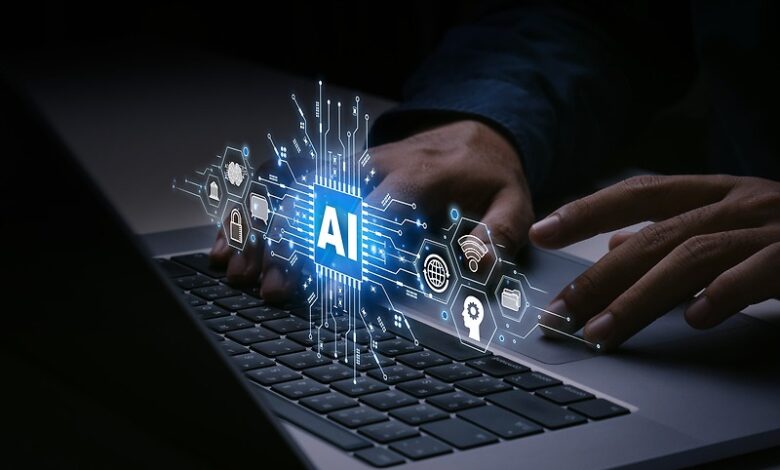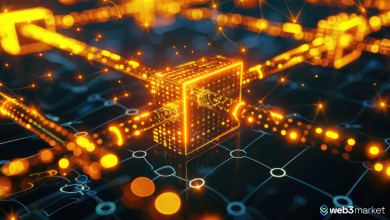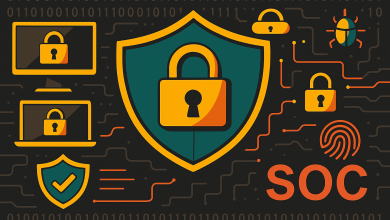
Agentic AI is becoming more and more common in practical applications due to its autonomous nature and ability to plan and execute tasks across various systems.
In dynamic sectors like cybersecurity, where rapid decision making and continuous updates are crucial, agentic AI is showing its value by reducing manual workloads and enhancing operational efficiency. Recently, Deloitte’s Q4 2024 “State of Generative AI in the Enterprise” report revealed that 26% of global business leaders were “already exploring autonomous agent development to a large or very large extent”.
So, how can you ensure that when implementing agentic AI, you are doing it in the most impactful way possible?
The big picture: What is agentic AI, and why is it becoming so useful?
When we talk about agentic AI, we’re referring to systems which are capable of autonomously performing complex and multi-step tasks which have traditionally required human intervention.
Unlike traditional automation, these agents can continuously adapt to new information they receive and make and execute decisions across various platforms without the need for constant oversight.
Agentic AI’s surge in recognition has really been driven by several factors. Firstly, advancements in large language models have significantly improved the reasoning and contextual understanding capabilities of AI systems.
As well as this, the development of orchestration tools has allowed for seamless integration of these models into existing workflows. Industries like cybersecurity are growing increasingly complex, with vast amounts of data needing to be analysed.
As a result, this sophisticated automation is key to keeping up as threats continue to increase.
Agentic AI can make significant improvements to an organisation’s ability to quickly and accurately update our threat detection models, which as a result allows them to stay ahead of malicious actors.
Agentic AI’s benefits to cybersecurity detection models
Agentic AI is increasingly being used to enhance cybersecurity platforms by enabling autonomous detection, response, and prevention of ever prominent threats like phishing, social engineering, and account takeovers.
Models which detect these attack types usually rely on large-scale behavioural analysis, and utilise a wide range of signals from cloud email and collaboration tools. Whether this be messaging, video conferencing, or CRM applications, all are key to building a baseline of normal user behaviour.
Through the incorporation of agentic AI organisations, they can not only improve threat detection due to accelerating the integration of new data sources, but they can also free up engineering teams to focus on more strategic initiatives.
This shift has led is vital to increase productivity and faster deployment of advanced capabilities in a time where the threat landscape is increasingly demanding and fast-paced.
The importance of thorough planning when incorporating Agentic AI
Coming up with effective prompts for AI agents often needs a little trial and error. There’s a bit of a tension between more specificity (which increases the predictability of the automation) and more generality (which increases the resilience of the automation).
Generally, it is helpful to provide AI agents with step-by-step instructions to help it perform tasks accurately without deviating from its intended function.
It’s also very important to limit the autonomy of the AI tool you’re using. By instructing it not to attempt tasks beyond its scope, it is easier to reduce the risk of errors.
When adding on AI agents, human oversight is key and must form part of a rigorous review system which includes automated testing to ensure the reliability and safety of the agent’s outputs.
Thorough planning is necessary when it comes to implementing agentic AI. Although these tools are automated, human oversight remains important when it comes to deploying new AI technology.
The potential risks or downsides of deploying agentic AI in production workflows in cybersecurity
One significant risk is the potential for silent failures. This is where an agent’s error goes unnoticed and leads to incorrect outputs or system vulnerabilities. This is particularly concerning in cybersecurity, where undetected issues can have serious consequences.
To mitigate this, it’s key to implement thorough monitoring and logging systems and ensure that any anomalies are quickly identified and dealt with. Again, human oversight is vital and agents should augment – not replace – human expertise.
Another concern is that we don’t begin to over rely on these systems. Of course, agentic AI plays a major role in enhancing efficiency, however it’s important to recognise its limitations and ensure that critical thinking and decision making remain human responsibilities.
Best practices for organisations implementing AI into workflows
When it comes to finding how to best fit agentic AI into your organisation, it’s good to start with well-defined and repetitive tasks that are currently bottlenecks within your processes. This allows you to assess the agent’s performance in a controlled environment and make necessary adjustments.
This also ensures that you are getting value out of your investment. There’s no point in deploying AI in areas which don’t require it.
I’d also recommend investing time in developing precise prompts and instructions for your agents. The quality of their output heavily depends on the clarity of their directives.
Robust monitoring and feedback loops are also key where human experts regularly review and refine the agent’s performance. This not only maintains reliability but also helps to encourage trust in the system.
Agentic AI is a tool to augment your workforce, not replace it. The goal is to free up your organisation’s human talent so they can take on more strategic and creative endeavours, where the strengths of both humans and AI can work in unison.




